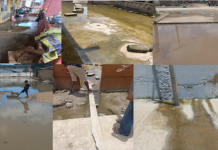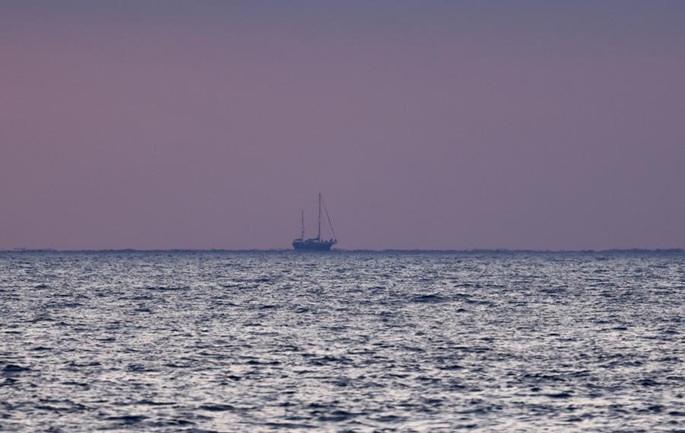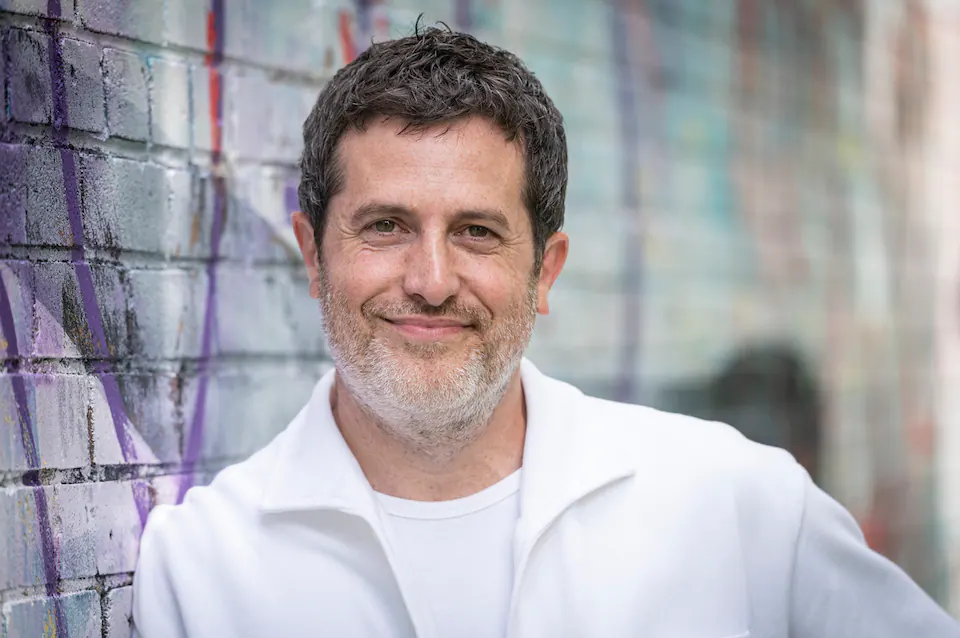By Courtesy of St. John’s School,Pacific Daily News
Copyright guampdn

A student from Guam designed a new fungicide to protect crops during her participation in the Summer Science Program, held this year at Chadron State College in Nebraska.
Over 39 intense days this summer, St. John’s School senior student Vinicia Kim used wet lab techniques and modeling software to study an enzyme from a fungal pathogen, and to design a small-molecule inhibitor to protect crops from that fungus, St. John’s School said in a release.
Kim joined 35 other top science students from around the world at Chadron State College for academic challenge, collaboration, and personal growth.
The Summer Science Program is a unique and selective program that offers high school students their first taste of hands-on, collaborative experimental research in astrophysics, biochemistry, genomics, synthetic chemistry, and cell biology.
Since 1959, the program has run for five weeks each summer during which participants work in cohorts of three to tackle difficult research projects.
Years and even decades later, alumni describe it as “the educational experience of a lifetime,” and most go on to earn advanced degrees and leadership roles in their chosen careers.
Kim and her colleagues worked closely with university professors, heard from renowned leaders in science, technology, engineering and math, STEM, and took behind-the-scenes tours of local scientific and cultural sites.
The Summer Science Program is operated by an independent nonprofit, SSP International, in cooperation with host campuses. For more information visit summerscience.org.



